- GEORGIA IS NOT CALLED GEORGIA AT ALL
At least not by Georgians. They call their country Sakartvelo. The term is made up of two words: Kartvel refers to the inhabitants of the historical Kartli Iberian region. The addition of the prefix and ending Sa…o (Sa-kartvel-o) speaks of the area these inhabitants inhabit (Kartli).
The origins of the name “Georgia” are unclear. In English, Italian and Spanish, the country is called “Georgia”, in French “Géorgie”, and in Russian “Georgia”. In earlier times, the name “Grusinien” was also common in German-speaking countries, a term derived from the Slavic language. - GRUZIA IS AN ORTHODOX COUNTRY
Georgia was one of the first to embrace Christianity, making it the state religion in 337. Georgians have maintained their faith for centuries, not prevented even by invading hordes, including the armies of Genghis Khan and Tamerlane. - POLICE: A SPECIAL KIND OF SERVICE
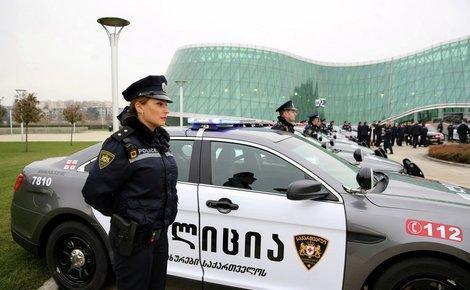
Due to the country’s desire to become more European, there has been a major reform of the police force, which has also affected police work and how they deal with people. You should not be afraid to go to a police officer for information or help. In Georgia you can “hitchhike” with police cars.
The police also provide a special kind of service – they can take you to the address you request – when you are a foreigner and traveling alone in Georgia.
And if you have consumed excessive amounts of alcohol while visiting, a patrol car can be called. By explaining that you don’t want to create an emergency situation, you can get an unusual service: the police will take you and the car to your home completely free of charge. - NO BRIBES IN GEORGIA
This is the result of the fight against corruption that has been waged in Georgia for the last few decades. And they punish not only the one who takes bribes, but also the one who offers them with big prison terms and fines. - 500 VARIETIES OF GRAPES GROW IN GEORGIA
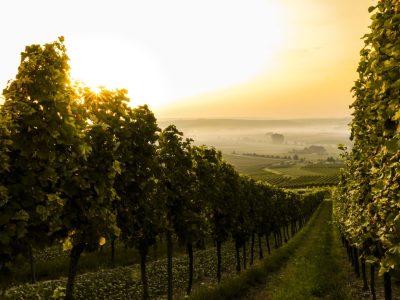
And that accounts for almost one fourth of the world’s grape varieties, including endangered vines found nowhere else on Earth. - GEORGIA IS THE HOME OF THE OLDEST CULTURAL ARTIFACTS
This is where the oldest piece of thread (dating back 34,000 years) was discovered. Georgia is also home to the oldest gold artifacts that were skillfully made by the ancestors of the ancient Kolkhi, the ancestors of the Georgians, in Colchis. It is with Georgia that the myths of the Argonauts and the Golden Fleece are associated. Here in the Bronze Age gold was indeed extracted by washing river sand through sheep skins, in the wool of which particles of precious metal were stuck. But the collection of gold items of Colchis can be seen in the gold fund of the National Museum of Georgia. - THE FIRST EUROPEANS PROBABLY ORIGINATED IN GEORGIA
This hypothesis is supported by archaeological findings in eastern Georgia, where the oldest remains of Europeans have been discovered. The species goes by the name Homo Georgicus. - WORD GWPRZKWNIT
Compared to the Indo-Germanic languages we know, the Georgian language has some peculiarities. For example, there is no upper and lower case. All letters are written in lower case; there are no capital letters. There are also no grammatical genera such as masculine, feminine or neuter.
But the biggest problem is that Georgian is an agglutinating language. Agglutination means that grammatical functions such as person, tense, or case are attached to the root form of a word. This sometimes results in regular clusters of consonants that are very difficult to pronounce. For example, in the name of the Georgian city of Mtskheta. Or the Georgian shorthand phrase “You’re ripping us off” – “gwprzkwnit”, where there are eight consonants in a row. - HI MEANS “BE A WINNER!”
The fact that Georgia has had a turbulent history, that the country has suffered from invaders many times, can be seen in various linguistic phenomena today. For example, if you say “Hello” in Georgian, it sounds like “Gamardshoba” (politely: Gamardshobat), which literally means “Be victorious!” “Good morning” is pronounced “Dila mschwidobisa”, which means something like “Morning of Peace”. The same applies to good evening (“Ghame mschwidobisa”). - GEORGIA IS THE LAND OF RUGBY

Even before the Middle Ages, a sport similar to rugby was practiced in the area that is now Georgia. In the game “Lelo Burti” (field ball) two villages competed against each other. The essence of the game was to carry a ball weighing about 7 kilograms to the opponent’s half. It was said that the winning village would get the best harvest. Rugby today is primarily spread in New Zealand, England, Australia, South Africa. Georgia ranks 12th in the world rugby ranking. This position is higher than Italy, USA, Russia, Spain, Brazil or Germany.
Following the ancient game, the Georgian national rugby team is called “Lelos”. The term “Try”, i.e. placing a play device in the opponent’s zone, is called “Lelo” in Georgia. - THE DEEPEST CAVE IN THE WORLD IS IN GEORGIA
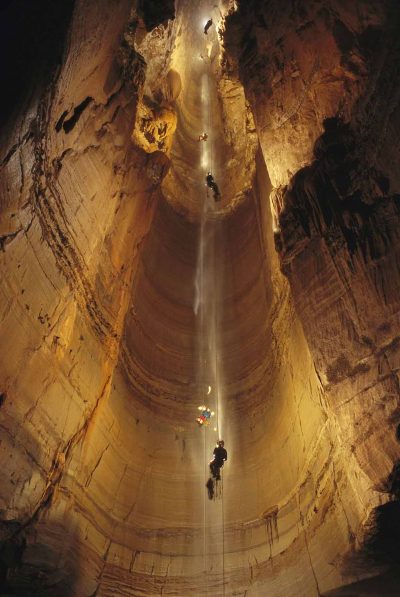
Kroeber’s Cave (also called Crow Cave) is the deepest cave in the world. The cave is also called the underground Everest. So far, they have explored explorers at a depth of 2191 meters. However, the cave is believed to be much deeper. The cave is located near the village of Zandrypsh in the Arabika massif in Abkhazia and close to the coast of the Black Sea.
The entrance to the cave is through a vertical shaft only 1 meter wide and 60 meters deep. The cave system is branched. In the upper part, most of the shafts fall almost vertically. At a depth of 1710 meters there are underground waterfalls, lakes and a large hall. - THREE MOUNTAINS ABOVE 5000 METERS
The highest mountain in the Alps is Mont Blanc at 4804 meters, there are no mountains higher than 5000 meters in Switzerland, Austria, France or Italy. Georgia has three peaks of five thousand meters. With an elevation of 5201 meters. Shkhara is the highest peak in Georgia, followed by Dzhanga with a height of 5051 meters. Both mountains are located in Svaneti. The third five-thousand-meter peak is Kazbek in the Mtskheta-Mtianeti region. Georgia is also home to the highest permanently inhabited village in Europe at an altitude of 2,100 meters. This is the village of Ushguli, located at the foot of Mount Shkhara. - THE FORTRESS WALL IN THE CITY OF SIGNAHI
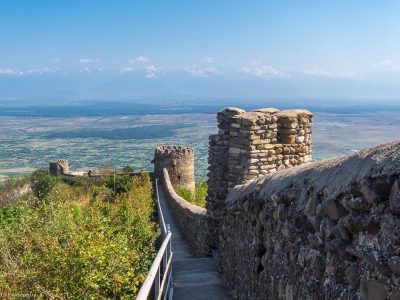
It is not as long as the Chinese one, but it is also very ancient and picturesque. Signakhi, the pearl of the Kakheti region, is located 110 km from Tbilisi. The city is surrounded by a four-kilometer long fortress wall with 23 towers and six gates, built in 1770s. Interestingly, each tower of the fortress was named after the nearest village so that the locals could hide in case of danger. - CABLE CARS INSTEAD OF BUSES
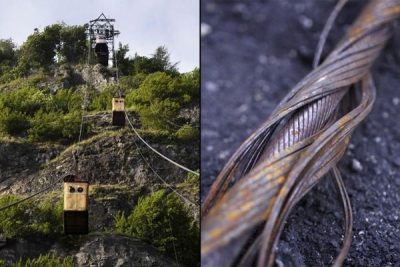
In most cities, people ride streetcars, trains or buses. This is not the case in Chiatura: in this industrial city, cable cars perform this function. Most of them were built in the 1950s, when manganese mining was booming in Chiatura. 26 cable cars transported people and goods to and from the manganese mines.
Today, the industrial importance of Chiatura is less pronounced. Nevertheless, some 17 cable cars still run in and around the town. In the hilly terrain of Chiatura, they are the fastest way for locals to get to work or shop in town. There is no charge to use the cable cars. - ARCHITECT’S DREAM
There are many historical monuments in Georgia. Bagrati Cathedral in Kutaisi, Gelati Monastery, historical monuments of Mtskheta and Upper Svaneti are protected by UNESCO under the World Heritage Project. - GEORGIAN DANCES – INTANGIBLE HERITAGE OF UNESCO
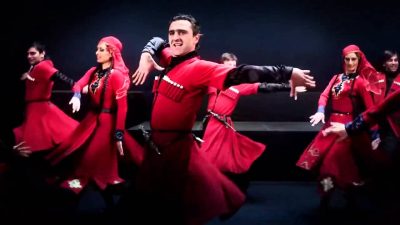
Georgian folk dances are incredibly incendiary, colorful and memorable. Spectators always enjoy watching the sharp and fast movements of the inhabitants of mountainous regions. The peculiarity of these dances is the “toepoint” technique, dancing on the toes in thin leather boots! - “CHAKRULO” IN EXTRATERRESTRIAL ORBIT
In 1976, NASA sent a recording of the Georgian song “Chakrulo” as an example of the musical talent of Earthlings. - ELEVATORS IN GEORGIA ARE PAID
Almost all high-rise buildings in Georgia now have to pay for an elevator. It is true that you have to pay a little, only 5 tetri (0.02 cents) and if you go up. But going down is free of charge. The residents themselves often use a personal key for the elevator. - LAUNDRY IS DRIED LIKE IN VENICE
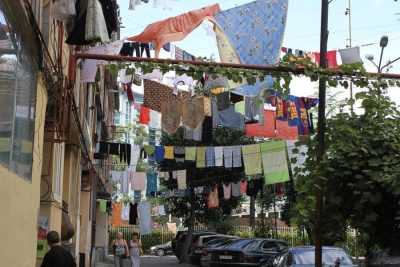
Another interesting fact is that Georgians are used to hanging laundry everywhere. If you go into old well yards in Tbilisi, you will undoubtedly see laundry stretched between balconies. In high-rise houses, the rope is thrown over to the nearest pole and they dry their towels in peace. - GEORGIAN WEDDINGS ARE VERY BIG
Georgians love to celebrate by inviting a lot of guests. Weddings are no exception and usually have more guests compared to other celebrations; each party invites at least a hundred people. Therefore, a wedding for 100-150 people in Georgia looks small. - GEORGIAN WHO RAISED THE SOVIET FLAG OVER THE REICHSTAG
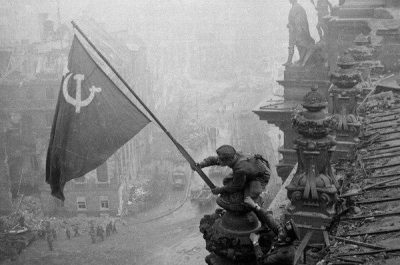
Meliton Kantaria, Hero of the Soviet Union, Georgian sergeant of the Soviet Army, did it on April 30, 1945 together with Mikhail Egorov, which marked the victory over the Nazis. Today he is memorialized in a park in Tbilisi. - THE COMEDY “WOE FROM WIT” WAS WRITTEN IN GEORGIA
True, only the first and second acts. And it happened in Tiflis (now Tbilisi), where Alexander Griboyedov was the secretary of the Russian diplomatic mission. - VLADIMIR MAYAKOVSKY CAME FROM GEORGIA
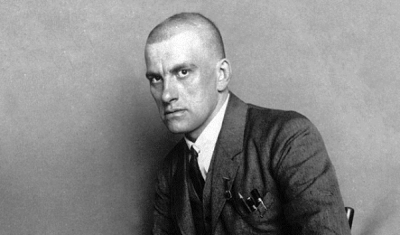
The famous Russian futurist poet was born in Baghdati in the Imereti region of Georgia in 1893. The town is one of the oldest settlements in the area and is still home to a close-knit community of 3,000 people, many of whom are farmers and winemakers. The town was renamed Mayakovsky in 1940 and retained the title until 1991 after the collapse of the Soviet Union. The monuments dedicated to Mayakovsky, however, remain intact in the town to this day.
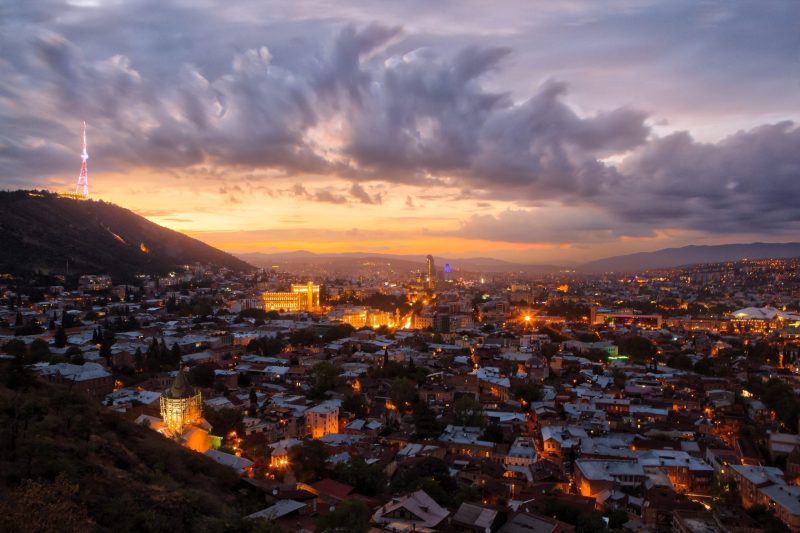

Leave a Reply